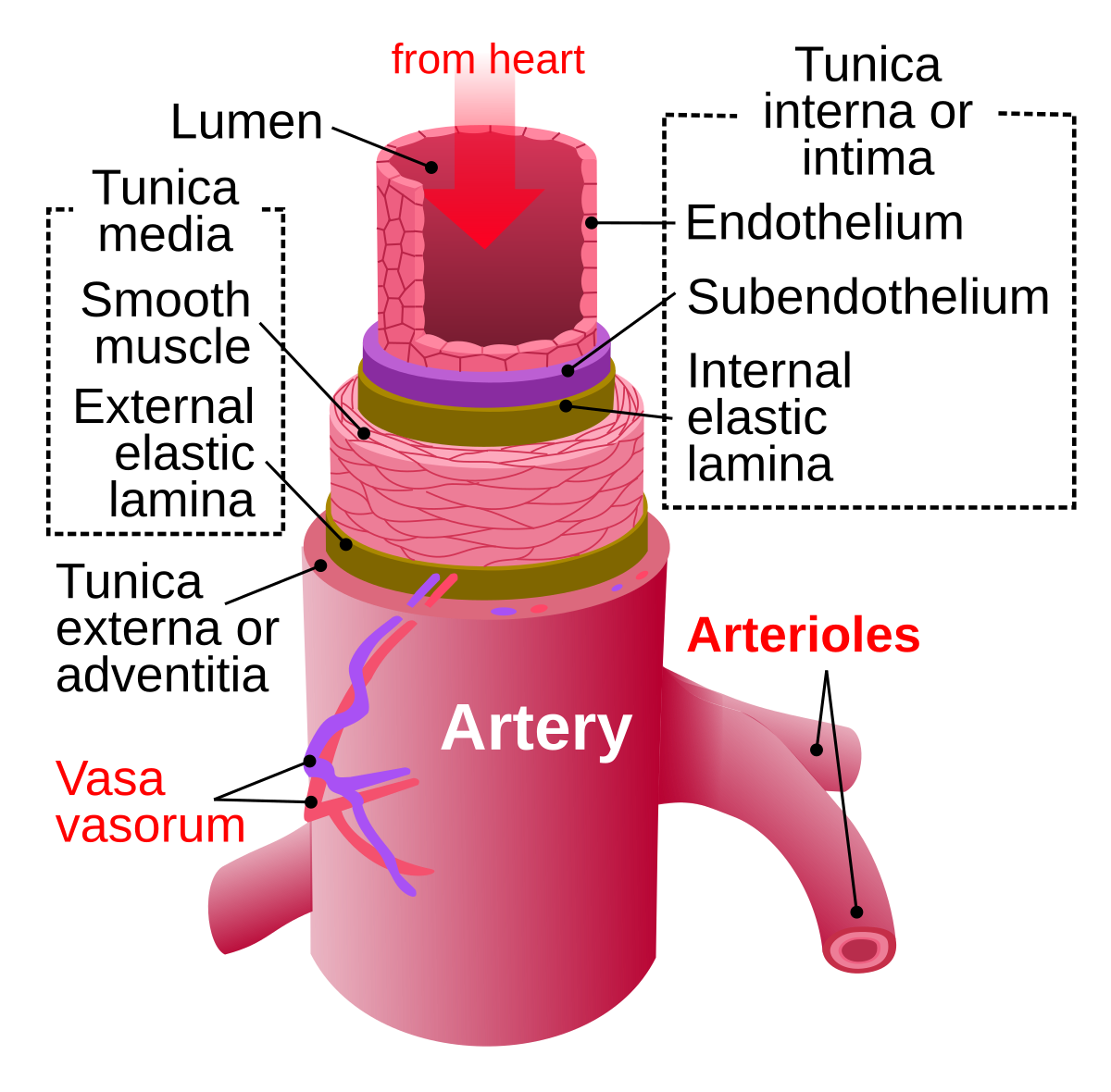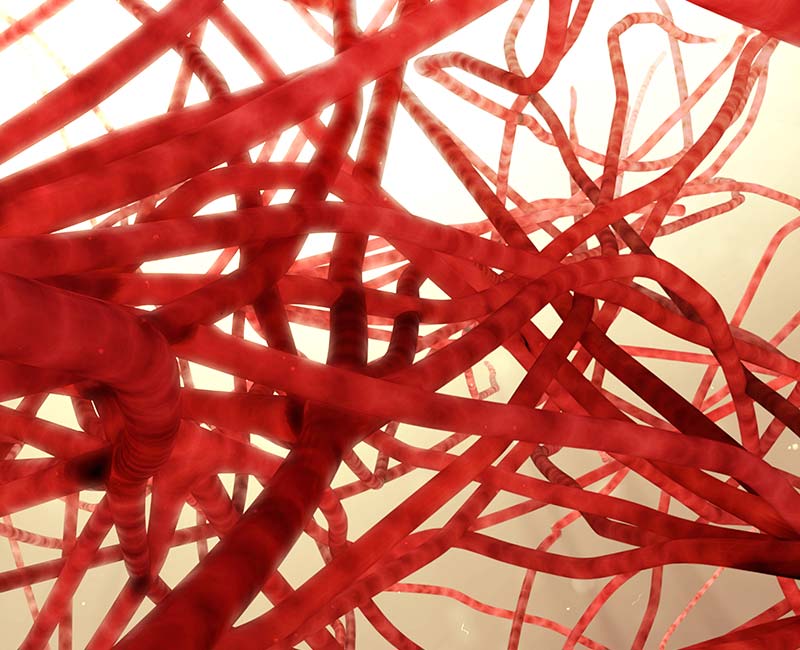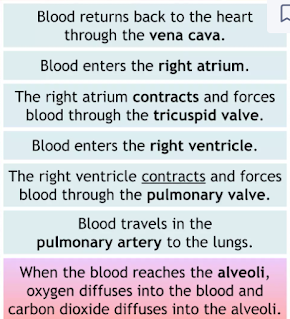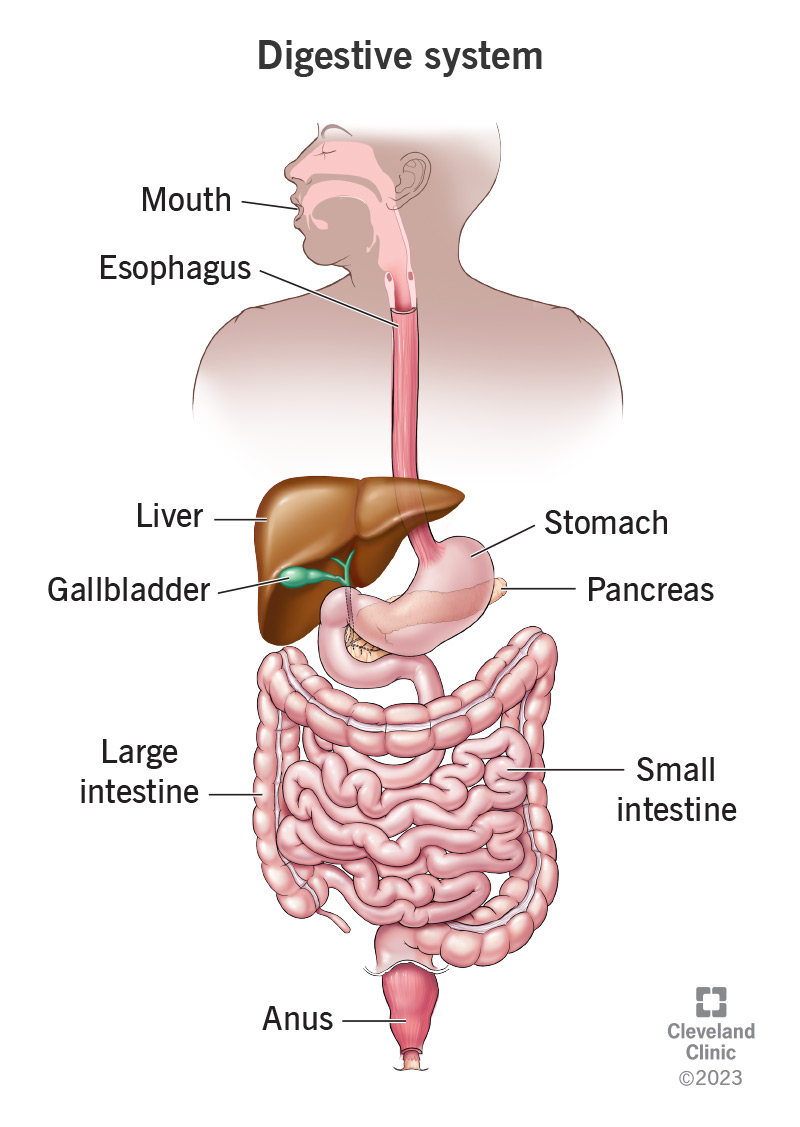Transport in Mammals
What is Transport in mammals?
Mammals need oxygen for respiratory system and need a way to get rid of metabolic waste which is the role of transport system. The transport system in mammals is made up of the circulatory system and the excretory system. Circulatory system is the system that carries blood along with oxygen throughout the body of an organism. The excretory system removes excess and waste products produced by the body during metabolism.
Circulatory system and blood transport
Parts of the circulatory system:
- Heart: consists of four chambers, the top two Chambers are called the right atrium and the left atrium, while the bottom two chambers are called the right ventricle and the left ventricle
- Blood vessels. There are three types of blood vessels: arteries, veins and capillaries
Heart
- The upper chambers of the heart, called atrium receive blood while the lower chambers, called the ventricles pump blood out of the heart.
- Valves are present between the chambers and the points where blood leaves the heart to ensure that blood only travels in one direction. The valves between the atrium and ventricles are the atrioventricular valves, they prevent backflow of blood from the ventricles to the atrium. The left valve has two flaps and is called the bicuspid valve, while the right valve has three flaps and is called the tricuspid valve. These valves are held in place by valve tendons otherwise known as heart strings and they are attached to papillary muscles. These muscles contract at the same time as the ventricles, holding the valves closed.
Blood vessels
Arteries
- Carries blood away from the heart and towards organs, including brain
- Blood travels at a high pressure which is why the artery has thick muscular walls to withstand the high pressure.
- The blood carried to the rest of the body is rich in oxygen
- Some of the major arteries are aorta, pulmonary artery, hepatic artery and renal artery
Veins
- Carry blood to the heart and away from organs
- Blood travels at low pressure
- Veins have valves to prevent blood from going backwards
- Carries deoxygenated blood
- Some major veins are vena cava, pulmonary vein, hepatic portal vein and renal vein
Capillaries
- Microscopic vessels that connect arterioles to venules
- The walls are one cell in thickness and allow substances to be exchanged between the blood and body cells
Pulmonary circulation and systemic circulation
In mammals, blood flow is directed into two circuits: pulmonary circulation and systemic circulation. In pulmonary circulation, blood rich in carbon dioxide travels from the heart to the lungs where it gains oxygen and returns to the heart. In systemic circulation, oxygen-rich blood travels from the heart to all parts of the body and back to the heart.
Pulmonary circulation
systemic circulation
Oxygen transport
Oxygen is essential for mammals it plays a crucial role for the respiratory system, which is the process of cells that produce energy.
Process of oxygen transport:
1. Respiration:
the process begins when air enter our lungs through our mouths or nostrils, going through the larynx, then further down through the trachea, and into the bronchi.
-Trachea: is a tube made of thick rings of cartilage that connect the larynx and the bronchi.
-Bronchi: the major airways that connect the trachea to the lungs.
2. Gas exchange:
the process that involves oxygen and carbon dioxide to exchanged in the alveoli. Alveoli are tiny air sacs surrounded by capillaries. when air is inhaled, oxygen from the air diffuses across the thin walls in the alveoli to the capillaries. At the same time, carbon dioxide diffuses from the blood to the alveoli to be exhaled.
3. Transport in blood:
When blood carries oxygen it has two forms, oxygen is mostly attached to hemoglobin where a small amount of oxygen gets carried and dissolved in plasma. Hemoglobin is a type of protein found in red blood cells that allows the transportation of oxygen from the lungs to other tissues of the body. The regulations of oxygen release from hemoglobin at target tissues is affected by multiple factors, including the oxygen temperature, concentration gradient, PH, and the concentration of the compound 2,3-bisphosphoglycerate. These oxygen-enriched cells are then carried from the lungs through the cardiovascular network, a massive collection of blood vessels that reaches every cell in the body. The heart pumps about 100,000 times per day, acting as the powerful pump that delivers the oxygen to the cells.
From Nutrients to Waste: The Mammalian System
Mammals or even all living things need nutrients for their survival because nutrients can provide energy to do many things. Nutrients are obtained through food that is consumed. Apart from getting energy, nutrients can also repair damaged cells and tissues. After getting the nutrients needed through food, the body will get rid of the remaining food waste through feces, which is also known as waste. The process of obtaining nutrients and removing waste occurs is referred to as the digestive system.
Organs in the digestive system :
The types of organs in this system are divided into two: solid organs and hollow organs. There are 6 solid organs : mouth, esophagus, stomach, small intestine, large intestine, and anus. There are 3 hollow organs : liver, pancreas, and gallbladder.
Process of nutrients absorption and removing waste
1. Inside the mouth, food is chewed by the teeth into small pieces. Then saliva, which contains the enzyme amylase ptyalin, breaks down carbohydrates or starch into simple sugars so that they are easier to digest.
2. After the mouth, food will descend through the esophagus with peristalsis to the stomach for further digestion.
3. There are strong acids in the stomach that can digest food and eradicate bacterias in food so that the nutrients in food will be absorbed more easily. The enzyme pepsin or protease in the stomach breaks down proteins into amino acids and peptides. The enzyme lipase plays a role in breaking down fats into fatty acids and sugar alcohols (glycerol).
4. After the stomach, food descends into the small intestine for further absorption. The bile juice that's produce by liver and store in gallbladder will break down fats to fatty acid. The enzyme lactase digests milk sugar (lactose) into glucose and galactose. Maltase enzyme to digest malt sugar (maltose) into simple sugar or glucose. Later, the glucose will be used by the body as a source of energy. The enzyme sucrase is responsible for digesting sucrose (a sugar often found in vegetables and fruits) into glucose and fructose to make it easier for the body's metabolic system to process sugar to produce energy.
5. The pancreas produces insulin, which stabilizes glucose from digestion in the blood.
6. In the large intestine, water and electrolytes are absorbed, fermented by intestinal bacteria to form feces and stored before leaving the body.
7. The anus serves as an exit for the end products of digestion.
Transport in Digestive System
After getting all the nutrients from food, then the nutrients will go to the whole body through the bloodstream. This process involves various transports. Such as simple diffusion that occurs in monosaccharides such as glucose and amino acids that diffuse into the blood. Active transport also occurs in this system when Electrolytes like Na ions are absorbed into the blood.
What is Meant by Cell Membrane Transport?
To transport small water-soluble molecules into or out of cells or intracellular membrane-enclosed compartments, cell membranes contain various membrane transport proteins, each of which is responsible for transferring a particular solute or class of solutes across the membrane.
There are three different ways molecules and ions move across a cell membrane. They are diffusion, facilitated diffusion, and active transport. Active transport requires energy, while diffusion and facilitated diffusion do not. Most polar molecules and ions require a protein channel during transport.
Transport across Cell Membrane
Transport across the cell membrane usually uses two methods, namely passive transport and active transport to maintain movement in and out of the cell.
What is Passive Transport?
Unlike Active Transport, Passive does not require energy to be able to get in and out Passive transport use the Second law of Thermodynamic to get the cell in and out, there is multiple type of Passive transport such as
Simple Diffusion is the movement of the particle that happens in high concentration area to a lower concentration area which happens consistently and does not require energy. Simple diffusion can be performed by small molecules such as water (H2O), and can also be performed by non-polar molecules such as carbon dioxide (CO2) and oxygen (O2).
Facilitated Diffusion is similar to the simple diffusion but requires larger or polar molecules that cannot easily pass the cell membrane. There are two mechanisms of facilitated diffusion, one is through protein channels and the other is through protein carriers.
Osmosis is the movement of the particle that moves from an low solute concentration to an area of high solute concentration.
What is Active Transport?
Active transport is an energy-driven process where membrane proteins transport molecules across cells, mainly classified as primary or secondary, based on how energy is coupled to fuel these mechanisms. Active transport is primarily of two types, primary and secondary active transport.
Primary Active Transport also called direct active transport, directly uses chemical energy (such as from adenosine triphosphate or ATP in case of cell membrane) to transport all species of solutes across a membrane against their concentration gradient.
Secondary Active Transport is defined as the transport of a solute in the direction of its increasing electrochemical potential coupled to the facilitated diffusion of a second solute in the direction of its decreasing electrochemical potential.
Source
https://www.niddk.nih.gov/health-information/digestive-diseases/digestive-system-how-it-works
https://www.siloamhospitals.com/informasi-siloam/artikel/enzim-pencernaan-dan-fungsinya
https://www.britannica.com/science/human-digestive-system/Islet-cells
















Komentar
Posting Komentar